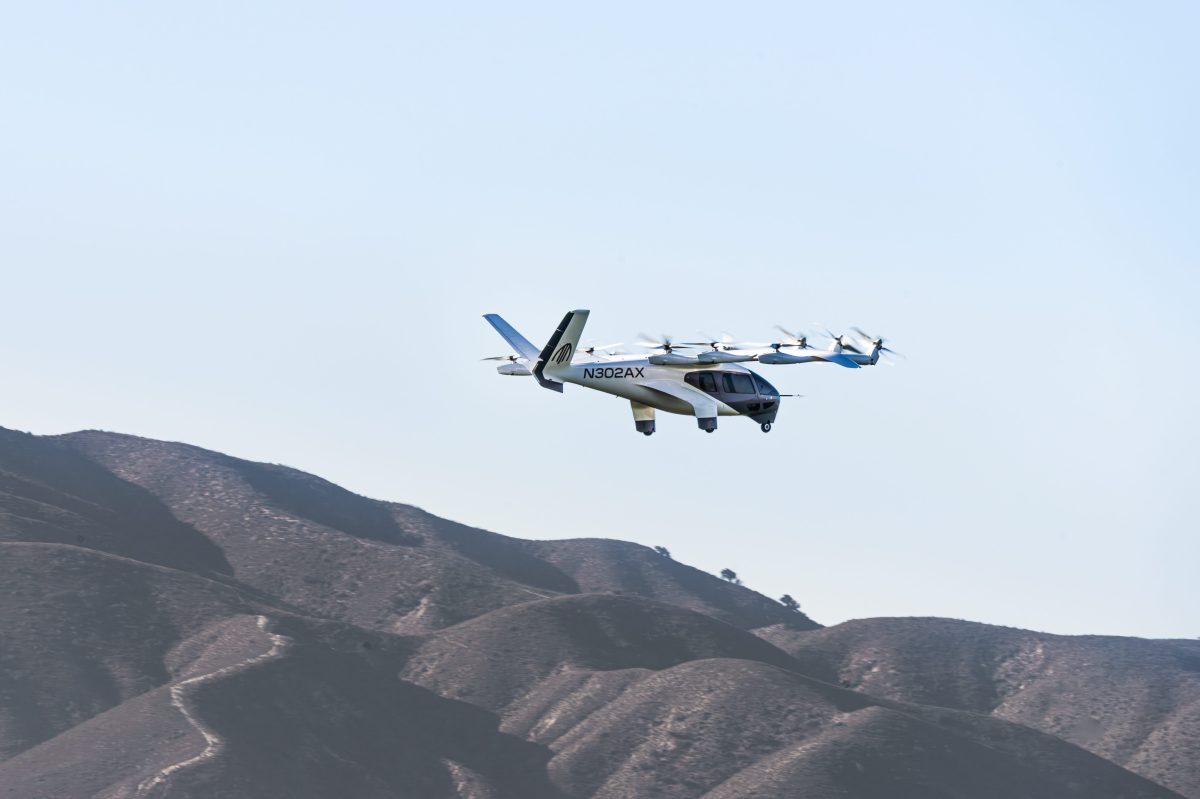How Artificial Intelligence Is Influencing the Future of Work in the Airline Industry

Skift Take
This sponsored content was created in collaboration with a Skift partner.
Commercial airlines and other travel and transportation leaders are facing significant challenges in managing pricing, demand, and logistics in today's volatile environment. This summer’s travel disruptions have laid bare the potential for intermittent hiccups in post-pandemic operations to have drastic effects on customer satisfaction and revenue opportunities.
With travelers’ patience wearing thin, airlines need to reinforce their people, processes, and technologies. By building artificial intelligence (AI) solutions into processes across their organizations, airlines can leverage their data, analysts, and revenue management opportunities to take advantage of new business fundamentals in this changing environment.
“Artificial intelligence isn’t replacing the airline data analyst’s job,” said Alex Mans, founder and CEO of FLYR Labs, a technology company driving commercial optimization for airlines. “But it is changing their role and hopefully unlocking their potential to drive revenue and improve operational efficiencies.”
Intelligence on Demand
Airline data can be difficult to parse, but artificial intelligence makes it easier. It’s impossible for humans to manually process all the information airlines are collecting from digital sources, but deep learning neural networks can provide effective forecasts that give analysts the confidence to make better decisions.
“Historically, the leading forecasting type has been linear, regression-based models, where analysts look at very concentrated year-over-year patterns,” Mans said. “The problem is that there's just not enough data on any single flight for a given point in time to drive accurate forecasts in a volatile environment. Legacy systems are really bad at determining whether booking one seat on a given flight has a meaningful impact on the outcome.”
To power deep learning algorithms, airlines feed neural networks vast amounts of historical data — such as bookings, searches, events, promotions, and competitive prices — resulting in forecasts that keep analysts better informed on revenue and load-factor performance into the future.
“They can compare how the actual performance builds against the forecast data as the departure date approaches,” Mans said. “The real value comes when, with a platform such as ours, analysts come to trust the forecast and can start using it to inform strategic decisions instead of viewing it as a loose guideline.”
Unlocking the Full Potential of Analysts
According to Mans, artificial intelligence should be thought of as an airline data analyst’s smart sidekick — it’s not replacing the analyst’s job, but rather enhancing the analyst’s ability to make coordinated operational decisions in areas where automation alone is insufficient.
“In the past, analysts have not had accurate forecasts, so most of their decisions were based on instinct,” Mans said. “On top of that, they haven't had good user interfaces for consuming that data. We generate much better forecasts, enable smarter workflows, and provide a dedicated user interface where analysts can easily access and filter the data and then use the resulting information. With better load and revenue forecasts at any level of granularity across the network, they can do amazing things.”
For example, if an analyst sees a cluster of flights months into the future with a 99-percent forecasted load factor, they can alert colleagues in charge of scheduling and suggest adding capacity. At most airlines, where functions across the organizations are typically siloed, this kind of cross-functional collaboration between commercial teams isn’t common.
“All it takes to start breaking down those silos is for other teams to have access to the same information that the revenue management team has access to,” Mans said. “At the end of the day, different departments are trying to achieve the same results: maximize revenue and contain costs.”
In addition to playing gatekeeper of that information, the analyst’s role will evolve to support a variety of critical functions across the organization.
“For one thing, they can look around corners that the data itself can’t see,” Mans said. “The analyst might know that a schedule change is coming, but unless that information is passed to our system, we have no awareness. Artificial intelligence doesn’t know everything. Another thing to note is that optimizing for maximum revenue isn’t always the goal. An airline entering a new market may want to follow a non-revenue-optimal strategy focused on market control or market share, so the analyst is needed to fine-tune that strategy. Or consider promotions — every airline runs tons of promotions throughout the year, whether tied to their credit card program, certain destinations, or other variables that require the analyst to actively work with our platform and their marketing team to achieve the best results.”
Leveraging New Business Fundamentals
For airlines to weather the storm of today’s unprecedented industry disruptions, dynamic pricing powered by deep learning algorithms is essential. FLYR was built to provide a singular platform that helps airlines manage data, break past data silos with consistently accurate forecasts that can be accessed by anybody in the organization, and achieve total revenue management across all of their products.
“Our job is to help airlines effectively price everything they want to sell, including ancillaries like seat selection, extra baggage, priority boarding, and other upsells,” Mans said. “FLYR’s operating system provides a vertically integrated SaaS platform across data management, forecasting, pricing, automation, business intelligence, and reporting — which includes simulation and scenario evaluation — while also removing constraints within e-commerce and fulfillment thanks to acquisitions such as Newshore so airlines can get stuff done faster and more efficiently. That's what we're building as a company, and that’s the future of work within this industry.”
Join us on October 19th at 11:00 a.m. ET for a webinar featuring FLYR founder and CEO Alex Mans, “How Artificial Intelligence Is Reshaping the Travel Business.” Register today
For more information on how FLYR is helping airlines achieve total revenue optimization, check out their latest whitepaper with IATA.
This content was created collaboratively by FLYR and Skift’s branded content studio, SkiftX.





